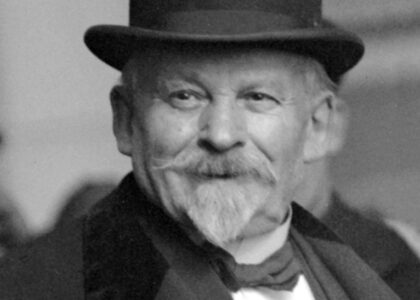Welcome to Huggin Molly’s, a fascinating stop in the heart of Abbeville, Alabama. While the restaurant itself is a beloved local spot known for its American cuisine, it is steeped in local lore that ties back to the region’s rich history. Abbeville, the city where Huggin Molly’s stands, has been a significant part of the Wiregrass region in Alabama since the early 19th century. Established as the county seat of Henry County in 1833, Abbeville has witnessed numerous historical events that have shaped its course.
One of the notable stories connected to Huggin Molly’s is the legend of Huggin’ Molly herself, a ghostly figure said to roam the streets of Abbeville late at night. According to local folklore, Huggin’ Molly would chase and hug unsuspecting nighttime wanderers, making for a chilling tale that has been passed down through generations. While the story varies, it has become a cherished part of the town’s identity and adds an intriguing layer to the restaurant’s ambiance.
The city of Abbeville itself has been a witness to history, from its early days as a trading post in 1819 to its incorporation in 1853. It faced significant challenges, such as the devastating fire of 1906 that nearly obliterated the business district, including the area near Huggin Molly’s. The community’s resilience shone through as they rebuilt with brick structures that stand to this day.
In the broader context, Abbeville’s history is intertwined with the darker chapters of American history. The city was the site of racial violence in the early 20th century, including the tragic lynching of Wes Johnson in 1937 and the assault on Recy Taylor in 1944, which gained national attention and contributed to the civil rights movement. These events are a reminder of the struggles and progress that have shaped the region.
Today, Huggin Molly’s not only serves as a place for delicious meals but also as a living reminder of the area’s complex history, where legends and real-life events intertwine to create a unique cultural tapestry.





